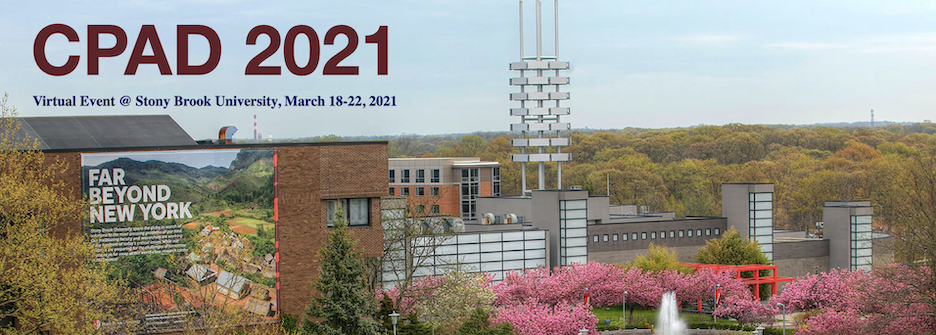Speaker
Description
As noble elements like liquid xenon and argon have become an indispensable mode of particle detection, it has become increasingly crucial to understand and model their intrinsic physics. The Noble Element Simulation Technique (NEST) allows us to do this by offering a comprehensive, mature framework to simulate the atomic and nuclear physics of energy deposition and the resulting detector response in xenon and argon detectors. On behalf of the NEST collaboration, I will present the most important features of the NEST model, including light and charge yields of various interactions, the physics of recombination fluctuations, and energy resolution. I will also present our recent updates to implement the models in Python, further develop the argon models, and build an updated model for electronic recoils in xenon. Finally, I will discuss how NEST fits into the grand challenges, science drivers, technical requirements, and priority research directions identified in the 2020 BRN for HEP Detector Research and Development. NEST is most directly applicable to PRD 6, "Improve the understanding of detector microphysics and characterization," but our models and code are also useful for understanding signals and backgrounds, signal reconstruction, the challenges associated with scaling-up detectors, and other challenges.
